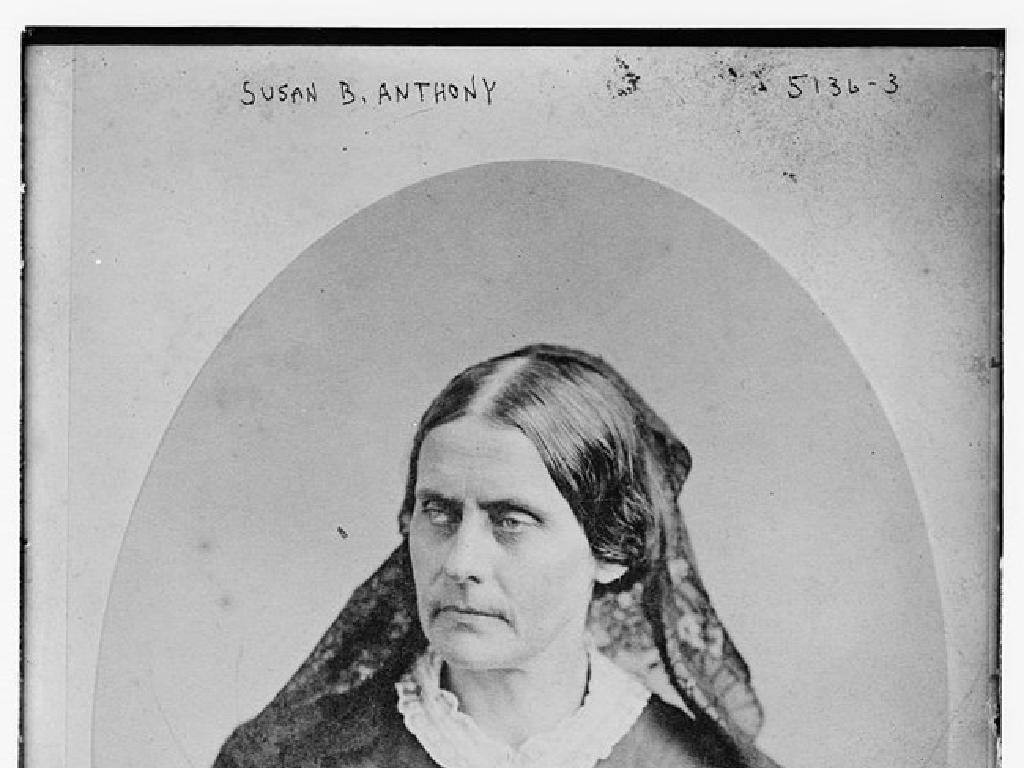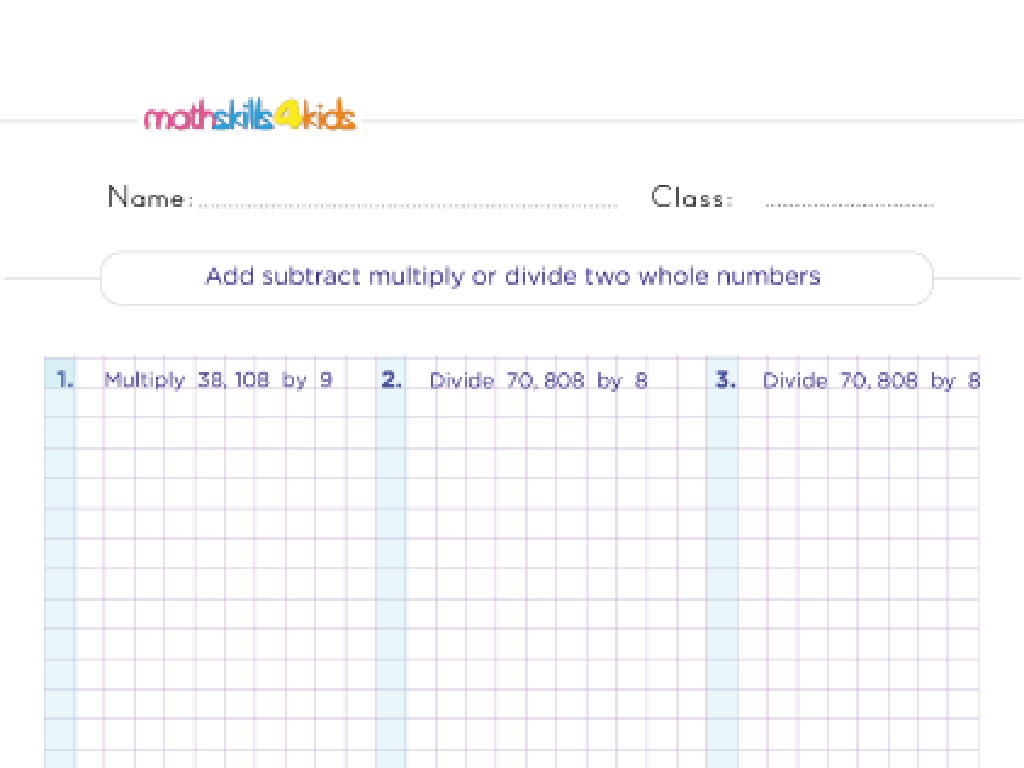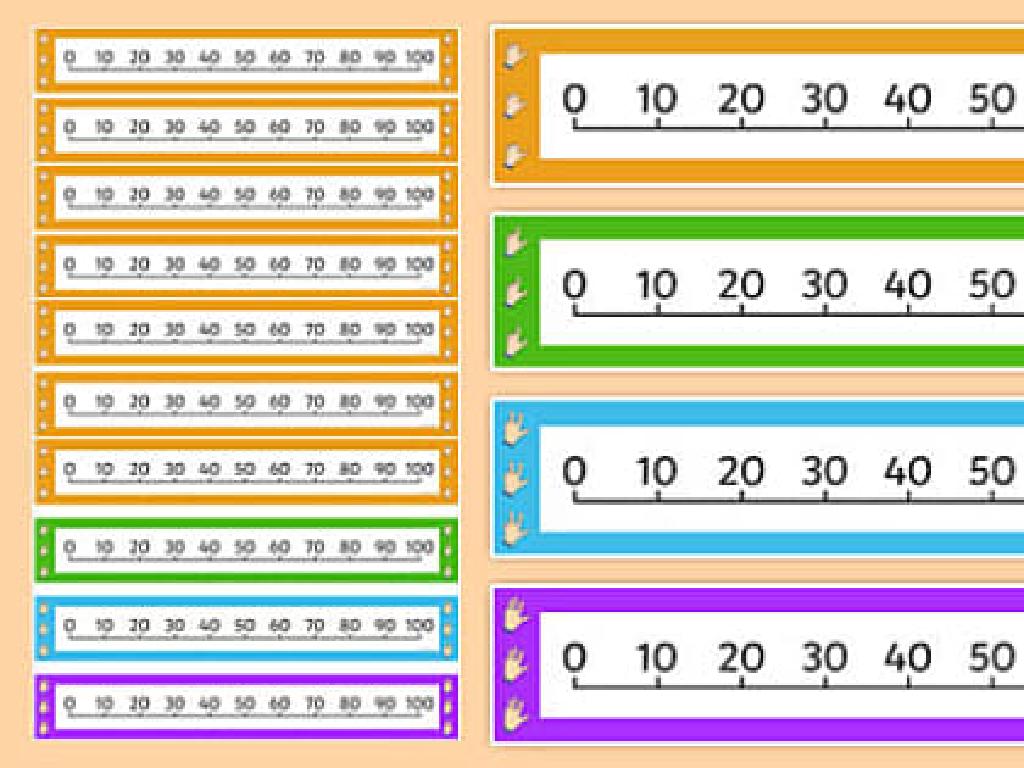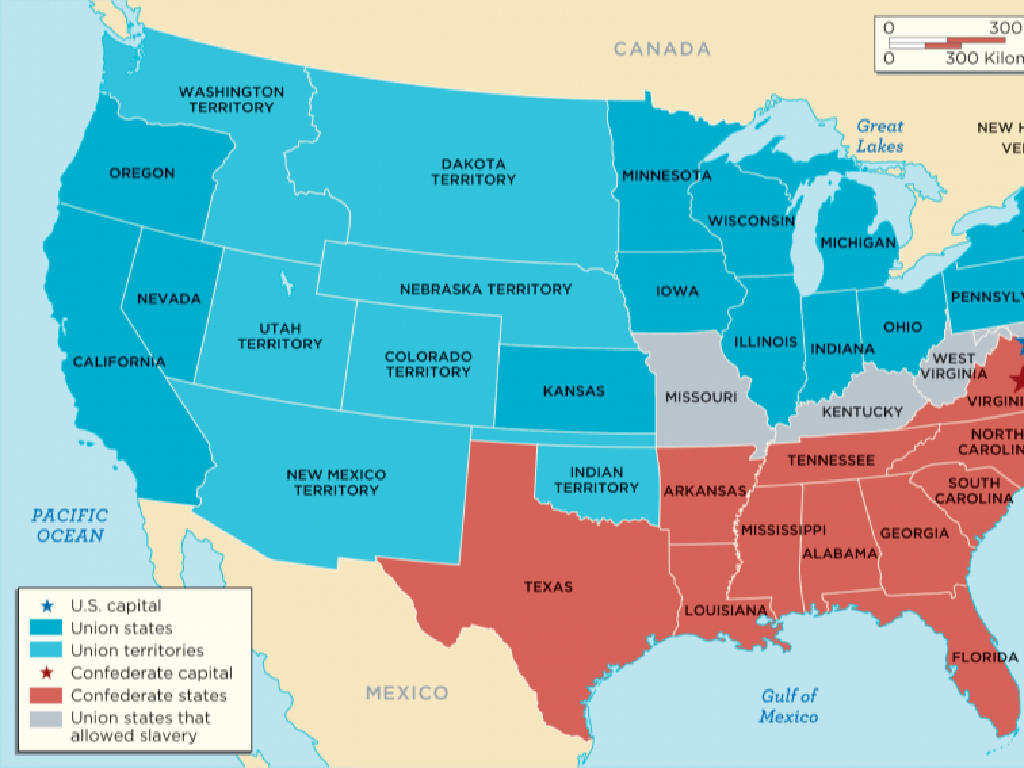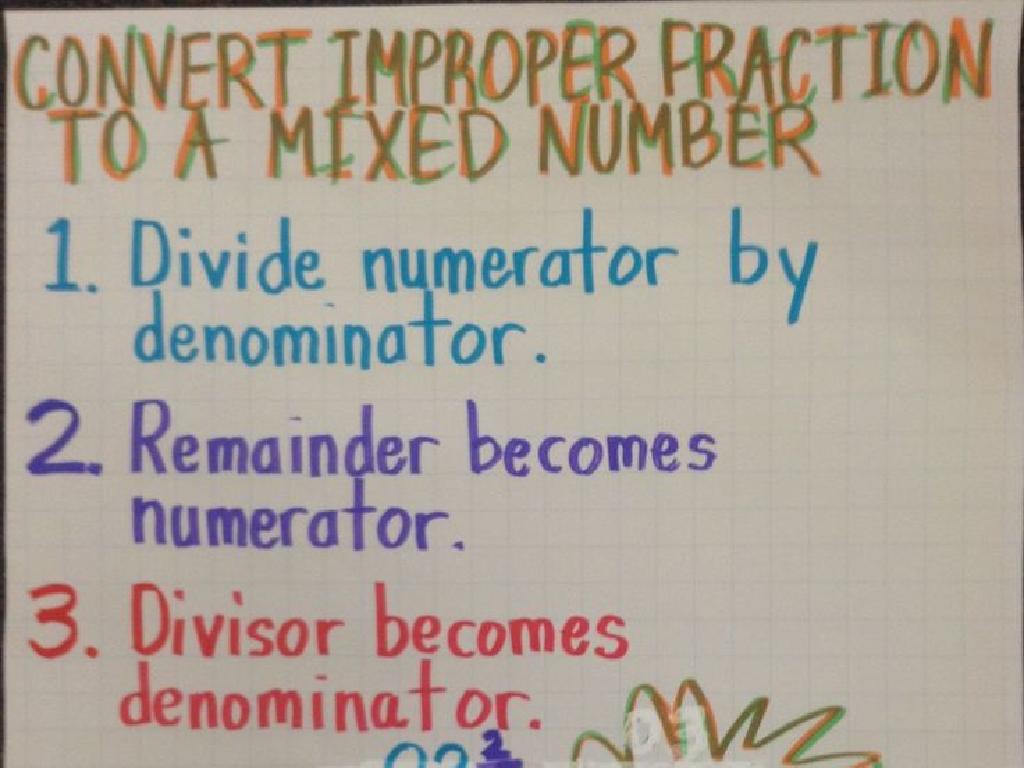Analyze Passages From A Night To Remember: Part 1
Subject: Language arts
Grade: Seventh grade
Topic: Nonfiction Book Study
Please LOG IN to download the presentation. Access is available to registered users only.
View More Content
Exploring ‘A Night to Remember: Part 1’
– Understanding nonfiction significance
– Nonfiction presents factual information and real events.
– Previewing ‘A Night to Remember’
– An introduction to the book and its narrative style.
– Exploring key themes
– Themes like bravery, tragedy, and survival.
– Discussing historical context
– The historical setting of the Titanic disaster.
|
This slide introduces students to the nonfiction genre through the lens of ‘A Night to Remember: Part 1’, a book that recounts the Titanic disaster. Begin by discussing the value of nonfiction in learning about real events, people, and facts. Provide a brief overview of the book, highlighting its narrative approach to recounting history. Engage students in identifying and discussing the key themes present in the text, such as the human response to disaster, the impact of social class, and the role of technology at the time. Emphasize the historical context of the Titanic’s maiden voyage and its significance in the early 20th century. Encourage students to think critically about how the author conveys the story and the lessons that can be learned from it.
Exploring Nonfiction Texts
– Define Nonfiction
– Nonfiction: writing based on facts, real events, and real people.
– Characteristics of Nonfiction
– Contains accuracy, factual information, and a structured layout.
– Nonfiction vs. Fiction
– Fiction: made-up stories; Nonfiction: factual and informative.
– ‘A Night to Remember’ as an example
– Analyzing how the book exemplifies nonfiction characteristics.
|
This slide introduces students to the concept of nonfiction and its key features. Nonfiction is a genre of writing that deals with real-life facts and information. It’s important for students to recognize the accuracy and factual basis of nonfiction, which often includes a structured layout with headings, subheadings, and may include graphs or tables. In contrast, fiction is based on imaginary events and characters. Use ‘A Night to Remember’ as a concrete example to illustrate the elements of nonfiction, such as its factual recounting of the Titanic’s sinking. Encourage students to think critically about the text and how it differs from fictional accounts they may have read or seen in movies. This will set the stage for deeper analysis of the book in subsequent lessons.
Exploring ‘A Night to Remember’
– Meet the author: Walter Lord
– Author of numerous historical works, including this detailed account of the Titanic.
– Titanic’s ill-fated voyage
– The Titanic was thought unsinkable but tragically hit an iceberg on its maiden voyage.
– Significance of the book
– ‘A Night to Remember’ provides a vivid, moment-by-moment account of the Titanic’s sinking.
– Understanding historical narratives
– Learn how historical events are documented and interpreted through narrative nonfiction.
|
This slide introduces students to ‘A Night to Remember’, a nonfiction account of the Titanic disaster by Walter Lord. Begin by discussing Walter Lord’s background as an author and his interest in the Titanic. Provide an overview of the Titanic’s story, emphasizing the perceived invincibility of the ship and the catastrophic nature of its maiden voyage. Highlight the significance of ‘A Night to Remember’ in the context of historical documentation and narrative nonfiction. Encourage students to consider how the author’s detailed recounting of events helps us understand and remember the past. The goal is to set the stage for a deeper analysis of the text, fostering an appreciation for nonfiction as a literary genre that brings history to life.
Setting the Scene: The Titanic’s Journey
– Historical context of Titanic
– Explore the era of Titanic’s creation and its place in history.
– Early 20th-century lifestyle
– Understand how people lived during Titanic’s time to better grasp the story’s background.
– Titanic’s voyage significance
– Discuss why Titanic’s maiden voyage was a monumental event.
|
This slide aims to provide students with a backdrop for understanding ‘A Night to Remember: Part 1’. Begin by discussing the historical context of the Titanic, emphasizing its significance at the time of its construction and the societal changes occurring in the early 20th century. Highlight aspects of daily life to help students imagine the setting and the people’s mindset during this era. Explain the importance of the Titanic’s voyage, touching on its representation of human achievement and the impact of its tragedy on the world. Encourage students to think about how historical context can influence the interpretation of nonfiction texts.
Analyzing ‘A Night to Remember’: Part 1
– Read passages aloud together
– Engage with the text by hearing it
– Identify key facts and details
– Look for important information in the text
– Discuss the author’s perspective
– Consider what the author’s viewpoint might be
– Understand the historical context
– Place the events within the timeline of history
|
This slide is aimed at guiding students through the initial phase of analyzing ‘A Night to Remember’. Start by reading selected passages aloud to help students become familiar with the text and improve their listening skills. Then, move on to identifying key facts and details within the text, which will aid in comprehension and retention. Discussing the author’s perspective will help students to consider different viewpoints and the purpose behind the writing. Lastly, understanding the historical context is crucial for students to fully grasp the significance of the events described in the book. Encourage students to think critically about the information presented and how it relates to what they already know about the historical event.
Literary Devices in ‘A Night to Remember’
– Imagery and metaphors in nonfiction
– Descriptive language creating vivid pictures, e.g., the grandeur of the Titanic
– Symbolism in historical context
– Objects/events representing larger ideas, e.g., the Titanic symbolizing human ambition
– Literary devices’ role in narratives
– How metaphors, imagery, and symbolism contribute to deeper understanding
– Enhancing nonfiction with literary tools
|
This slide aims to delve into the literary devices used in ‘A Night to Remember’, a nonfiction account of the Titanic’s tragic voyage. Students should learn how imagery and metaphors are employed by the author to create a vivid picture of the events, making the narrative more engaging. Discuss symbolism within the historical context of the Titanic, such as how the ship itself may represent the pinnacle of human technological advancement and the hubris leading to its downfall. Emphasize how these literary tools are not just for fiction but also enhance nonfiction by adding depth to the real-life stories being told. Encourage students to identify examples of these devices in the text and consider their effect on the narrative.
Themes and Messages in ‘A Night to Remember’
– Identify key themes
– Themes like bravery, tragedy, and social class
– Relate themes to today
– Compare themes with current events and society
– Understand Titanic’s messages
– Lessons learned from the Titanic’s story
– Reflect on the impact
|
This slide aims to guide students through the process of identifying and analyzing the themes and messages in ‘A Night to Remember.’ Students should look for recurring themes such as bravery in the face of disaster, the tragedy of the event, and the role of social class during the Titanic’s voyage. Encourage them to draw parallels between these themes and modern-day issues or events, fostering a deeper understanding of the text’s relevance. Discuss the broader messages conveyed through the Titanic’s story, such as the hubris of mankind and the importance of safety regulations. Reflection on the historical impact of the Titanic’s sinking will help students appreciate the lasting significance of the event and its portrayal in literature.
Group Discussion: A Night to Remember Analysis
– Break into small discussion groups
– Each group analyzes assigned passages
– Focus on characters, themes, and historical context
– Groups present their interpretations
– Use evidence from the text to support your views
– Class votes on compelling analyses
|
This class activity is designed to foster collaborative learning and critical thinking. Divide the class into small groups, assigning each a different passage from ‘A Night to Remember: Part 1’. Encourage students to delve into the characters, themes, and the historical context of the Titanic’s voyage. After discussions, each group will present their analysis to the class, highlighting their unique perspectives supported by textual evidence. Conclude the activity with a class vote to engage students in evaluating the arguments presented and to decide on the most compelling interpretations. This will not only help them understand the text better but also improve their public speaking and persuasive skills. Possible variations of the activity could include role-playing, creating visual aids, or writing a brief essay on their analysis.
Reflecting and Preparing for Tomorrow
– Write a reflection on today’s lesson
– Share your thoughts and feelings about today’s class
– Homework: Read the next section
– Continue the journey with ‘A Night to Remember’
– Get ready for Part 2 discussion
– Consider the events and main ideas for a lively discussion
– Think about the book’s impact
– Reflect on how the story affects your understanding of history
|
This slide aims to consolidate today’s learning and set the stage for the next class. Students should take a moment to reflect on what they’ve learned today about ‘A Night to Remember: Part 1’ and how it has expanded their understanding of nonfiction literature. For homework, they are to read the next section of the book, which will prepare them for a detailed discussion in the following class. Encourage them to think critically about the events described and the author’s portrayal of the historical incident. Ask them to consider the emotional and historical impact of the story on their perception of the event. Tomorrow, we will dive into Part 2, discussing the key themes and developments, so students should come prepared with observations and questions.

